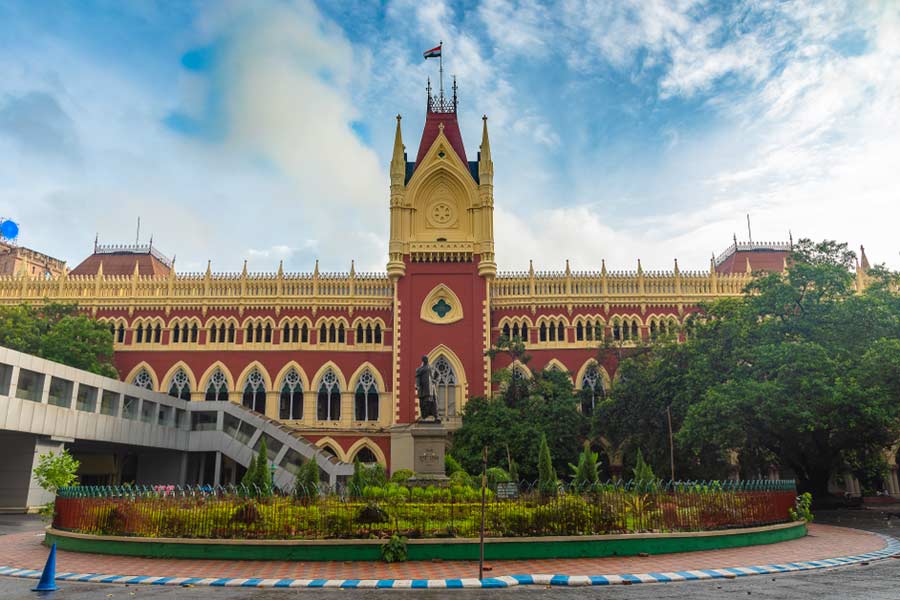 |
| The 19th Century garrison built by a frontier guard, Jagat Pal Singh, around 1857 |
Ranchi, Sept. 7: Recent archaeological revelations may cause scholars to rewrite chapters on Jharkhand’s history.
The state art and culture department has stumbled upon archaeological remnants — some dating back to 12th Century AD — in hamlets Semair Bera and Rarha, about 11km north of Pithoria on Ranchi-Kanke-Patratu road.
An exploration team of archaeologists and historians led by state art and culture department’s assistant director Harendra Sinha visited the sites on September 1 at the behest of eminent historian and cultural activist B.P. Kesri. Others in the team included historians Giridhari Ram Gonjhu, Mathura Ram Ustad and Sujit Kesri.
They found idols of a 12th Century sun temple at Semair Bera village, dated on the basis of architectural typology, a 16th Century Idgah where Sher Shah Suri had offered namaz and a 19th Century garrison built around 1857, the first war of Indian Independence.
The team also came across a Shiva temple dated around 17 or 18th Century in which a sculpture of demon king Ravana stood at the entrance, a stone temple of Lord Rama, the grave of Patna-based saint Baba Surdas who settled in Pithoria and passed away around 1857 and another devi temple.
In Rarha, a mound of earth covered with thick vegetation revealed fascinating remnants of the past. “A garrison may have been constructed by Jagat Pal Singh in 1857,” said B.P. Kesri.
 |
| The 16th Century Idgah, where Sher Shah Suri had offered namaz |
They also unearthed a 2m x 1.5m limestone plastered wall. Kesri said the wall was part of a rest house frequented by British officers and native rulers on return from hunting trips. Brick structures, red pottery, a pond, and mango and Champa trees suggest a bustling civilisation, he added.
Sinha said the road cutting through Pithoria near present-day Shastri Chowk was also historically important. “It had a famous watering hole or sarai. Literary references cite Sher Shah Suri and his army resting there in the 16th Century enroute Bengal to attack Mahmud Shah of Bengal.”
Buoyed by its recent successes, the team will launch more explorations. It is believed that Pithoria was the capital of Chotanagpur’s Nagvanshi dynasty founder Phani Mukat Rai. Before this dynasty, tribal ruler Maharaja Madra Munda had founded his capital here circa 500 BC. “We are trying to establish archaeological evidence of the 1st century AD Nagvanshi dynasty. By doing so, we will know more about the genesis of the state,” said Sinha.
Explorations between 2007 and 2009 at Khukragarh, a hamlet 60km from Ranchi, had already created a corpus of historical wealth. “In Khukragarh, excavation of coins and pottery proved that Nagvanshi ruler Bhim Karn founded his capital there in the 12th Century. Excavation may yield relics of the times of Phani Mukut Rai and Maharaja Madra Munda,” said Sinha.










